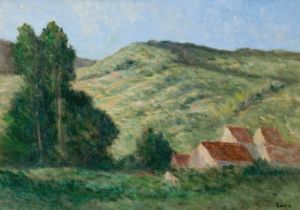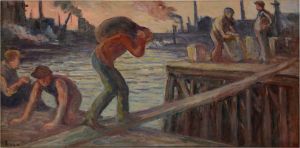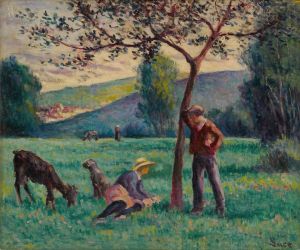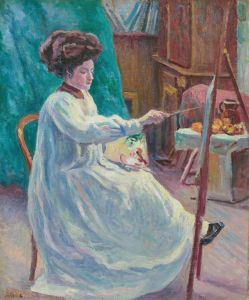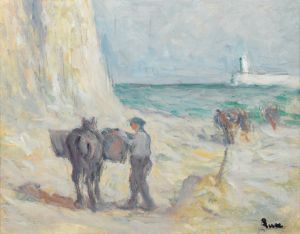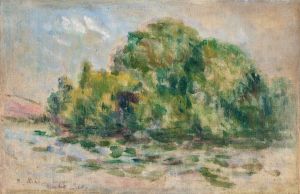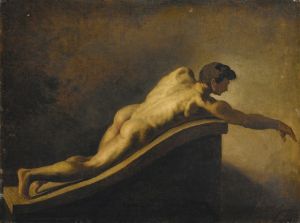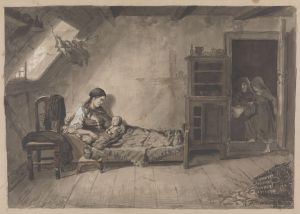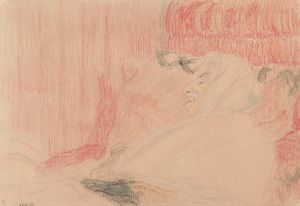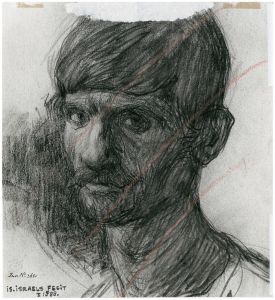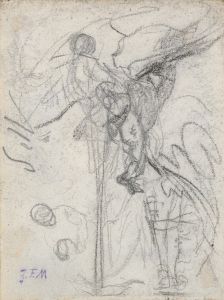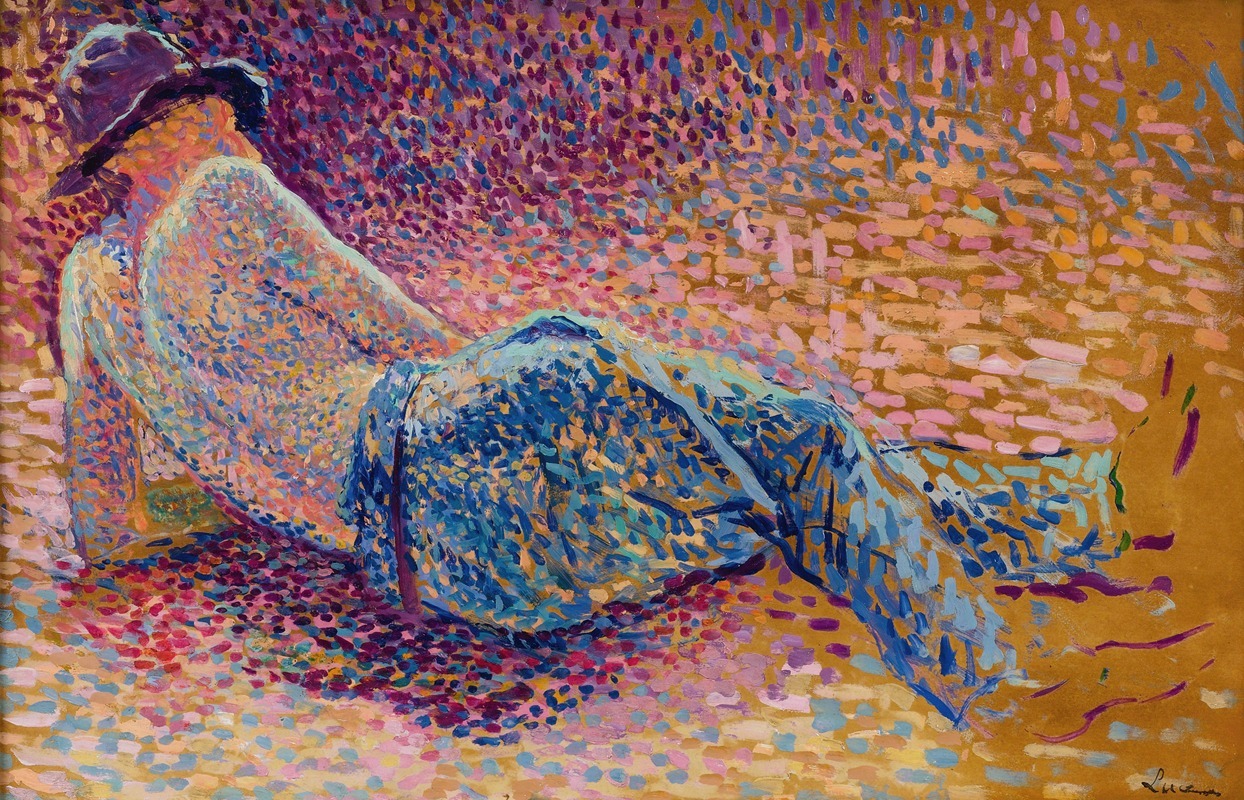
Le repos de l’ouvrier
A hand-painted replica of Maximilien Luce’s masterpiece Le repos de l’ouvrier, meticulously crafted by professional artists to capture the true essence of the original. Each piece is created with museum-quality canvas and rare mineral pigments, carefully painted by experienced artists with delicate brushstrokes and rich, layered colors to perfectly recreate the texture of the original artwork. Unlike machine-printed reproductions, this hand-painted version brings the painting to life, infused with the artist’s emotions and skill in every stroke. Whether for personal collection or home decoration, it instantly elevates the artistic atmosphere of any space.
Maximilien Luce was a French Neo-Impressionist artist known for his paintings, illustrations, and engravings. He was born on March 13, 1858, in Paris, France, and became associated with the Neo-Impressionist movement, which was characterized by the use of pointillism—a technique involving the application of small, distinct dots of color to form an image. Luce's work often depicted scenes of everyday life, urban landscapes, and the working class, reflecting his interest in social issues and his anarchist beliefs.
"Le repos de l’ouvrier" (translated as "The Worker's Rest") is one of Luce's notable works. This painting exemplifies his focus on the lives of ordinary people, particularly workers, during a period of significant industrial and social change in France. The painting captures a moment of respite for a laborer, highlighting the human aspect of the working class that was often overlooked in the broader narrative of industrial progress.
Luce's technique in "Le repos de l’ouvrier" is consistent with the Neo-Impressionist style, utilizing pointillism to create a vibrant and dynamic composition. The use of color and light in the painting is significant, as it not only brings the scene to life but also conveys a sense of tranquility and dignity in the worker's rest. This approach aligns with the broader goals of the Neo-Impressionists, who sought to bring scientific rigor to the use of color and to capture the effects of light in their work.
The subject matter of "Le repos de l’ouvrier" reflects Luce's commitment to social realism and his desire to portray the realities of working-class life. During the late 19th and early 20th centuries, France was undergoing rapid industrialization, which brought about significant changes in the social fabric. Artists like Luce were keenly aware of these changes and sought to document the experiences of those who were often marginalized by society.
Maximilien Luce was also known for his political activism. He was an outspoken anarchist and used his art to express his political beliefs. His works often highlighted themes of social justice and equality, and he was involved in various political causes throughout his life. This political engagement is evident in "Le repos de l’ouvrier," as the painting not only depicts a moment of rest but also serves as a commentary on the conditions faced by workers.
Luce's contribution to the Neo-Impressionist movement and his focus on social themes have earned him a significant place in art history. His works are celebrated for their technical skill, emotional depth, and commitment to portraying the human condition. "Le repos de l’ouvrier" remains an important example of his artistic vision and his dedication to capturing the lives of ordinary people with empathy and respect.
Overall, Maximilien Luce's "Le repos de l’ouvrier" is a testament to his skill as an artist and his commitment to social issues. Through his use of pointillism and his focus on the working class, Luce created a work that is both visually striking and socially relevant, reflecting the complexities of life during a transformative period in French history.






